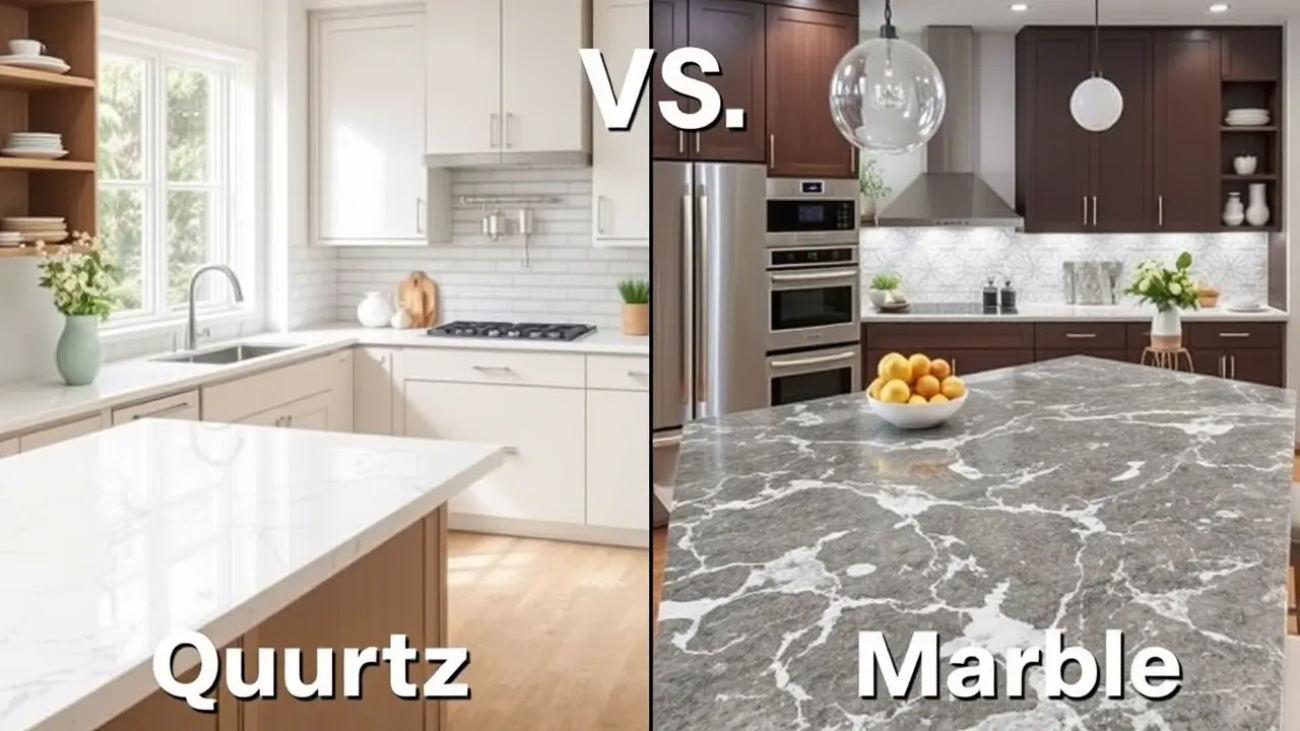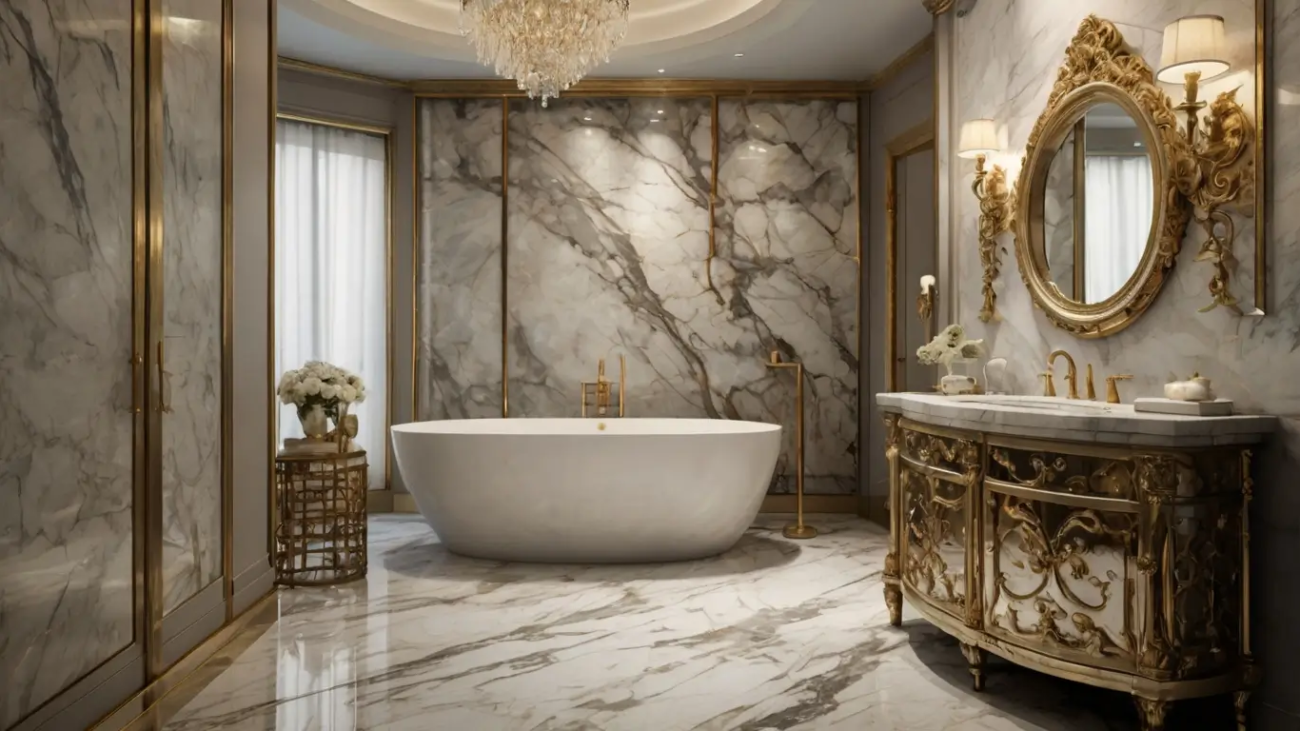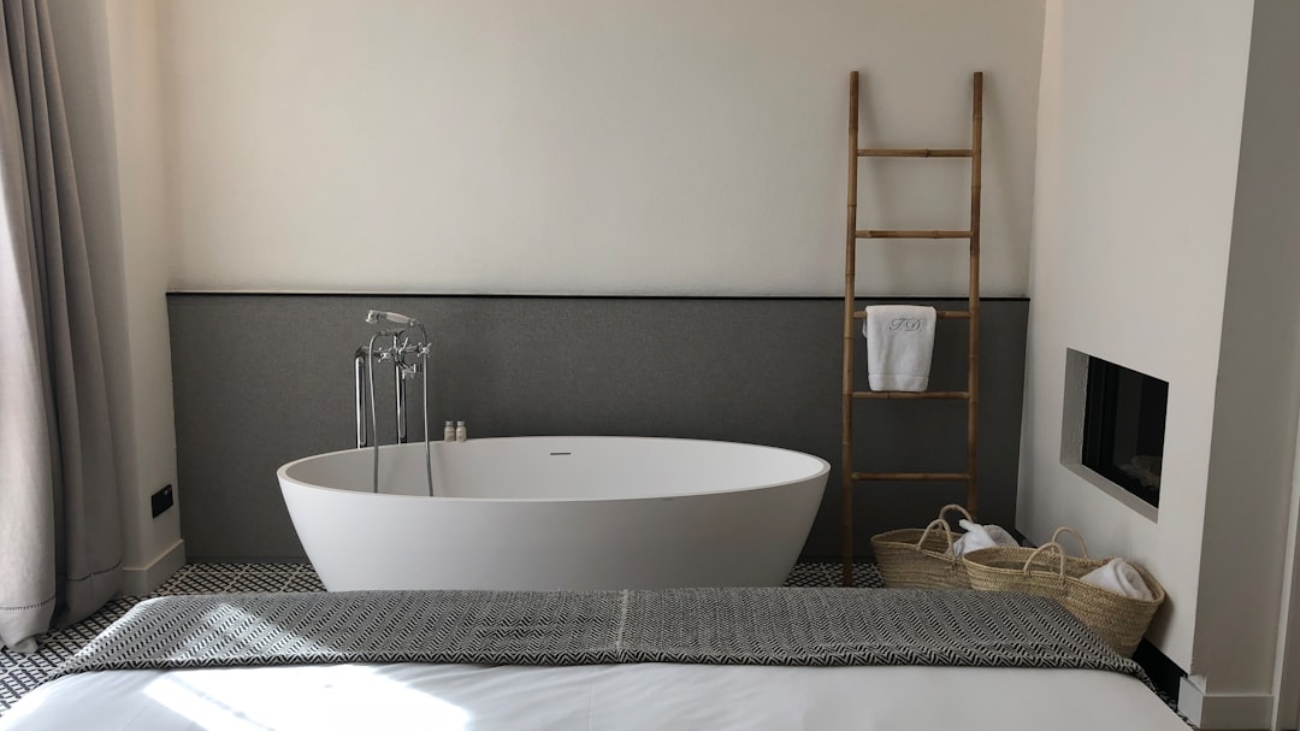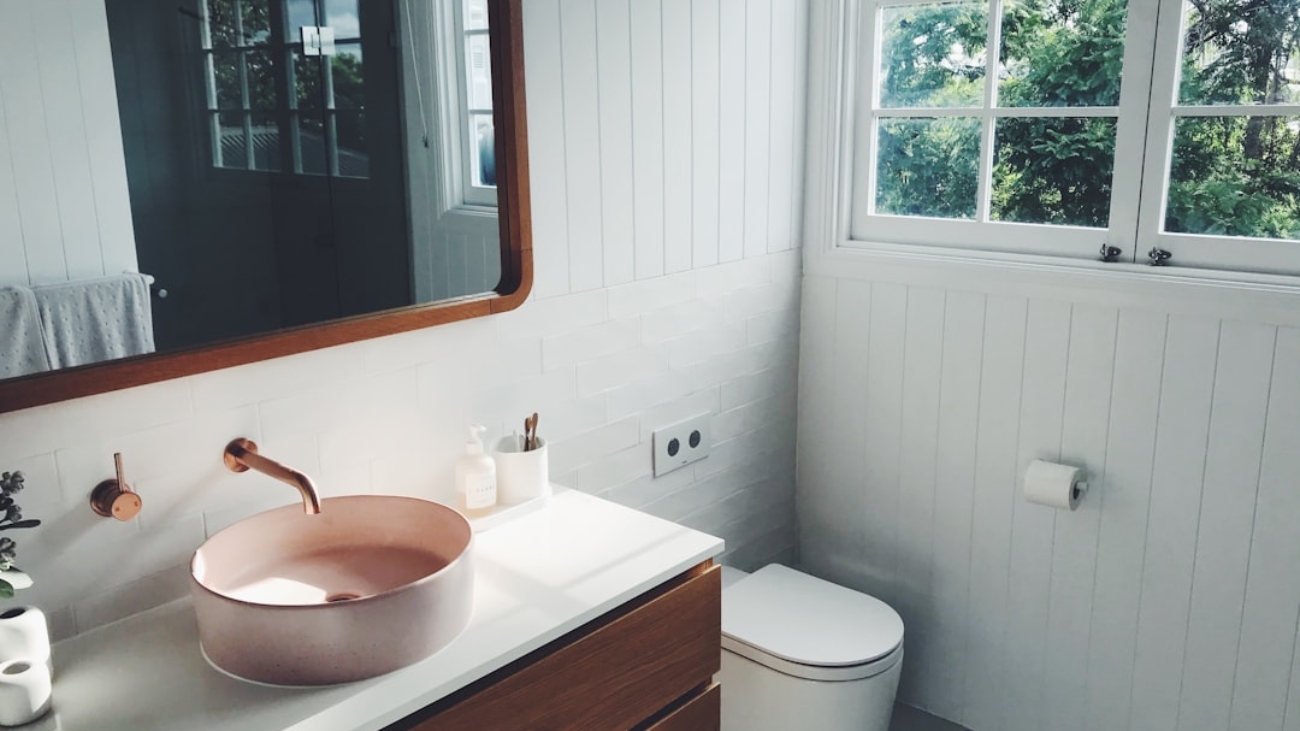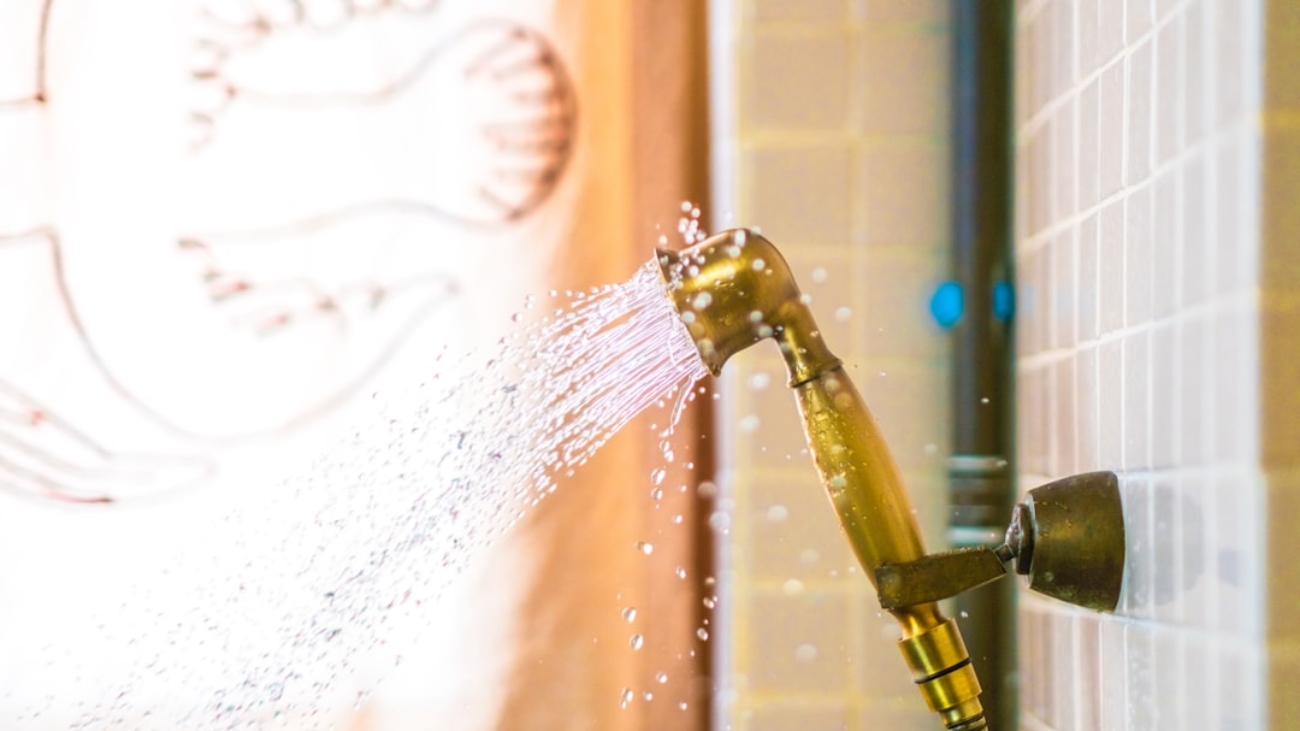When it comes to selecting materials for countertops, flooring, or other surfaces in your home, quartz and marble are two of the most popular choices. Both materials offer unique characteristics that can enhance the beauty and functionality of your space. Quartz, an engineered stone, is composed of approximately 90-95% crushed natural quartz crystals mixed with resins and pigments.
This combination results in a non-porous surface that is highly durable and available in a wide range of colors and patterns. On the other hand, marble is a natural stone that has been prized for centuries for its elegance and timeless appeal. Formed from metamorphosed limestone, marble boasts unique veining and color variations that make each slab one-of-a-kind.
As you embark on the journey of choosing between quartz and marble, it’s essential to understand the fundamental differences between these two materials. While both can elevate the aesthetic of your home, they cater to different preferences and lifestyles. Your choice may depend on various factors, including cost, maintenance requirements, durability, and design aesthetics.
By exploring these aspects in detail, you can make an informed decision that aligns with your needs and enhances your living space.
Cost Comparison between Quartz and Marble
Comparing the Costs of Quartz and Marble
One of the primary considerations is cost. Generally, quartz is more affordable than marble. The price of quartz ranges from $50 to $150 per square foot, depending on the brand, color, and design complexity. In contrast, marble typically costs between $60 to $200 per square foot. The higher price tag for marble is due to its natural formation process and the labor-intensive methods required to extract it.
Long-term Expenses and Maintenance
While initial costs are important, it’s also crucial to consider the long-term expenses associated with each material. Although quartz may have a lower upfront cost, its durability and low maintenance requirements can lead to savings over time. On the other hand, marble requires more frequent sealing and care to maintain its appearance, which can add to its overall cost.
Considering Performance and Environment
As you weigh your options, consider not only the initial investment but also how each material will perform over time in your specific environment. By taking a holistic approach to your decision, you can make an informed choice that meets your needs and budget.
Factors Affecting the Cost of Quartz and Marble
Several factors influence the cost of both quartz and marble that you should keep in mind as you make your decision. For quartz, the brand and manufacturing process play significant roles in determining price. Some manufacturers offer premium lines with unique colors or patterns that can drive up costs.
Additionally, the thickness of the slab can affect pricing; thicker slabs often come at a higher price point due to increased material usage. When it comes to marble, several variables can impact its cost as well. The rarity of the stone is a significant factor; certain types of marble are more difficult to source and therefore command higher prices.
The complexity of the veining and color variations can also influence cost—more intricate patterns may require more skilled craftsmanship during installation. Furthermore, geographical location can affect pricing due to transportation costs and local market demand. Understanding these factors will help you navigate the pricing landscape more effectively.
Maintenance and Durability of Quartz and Marble
Maintenance is a critical aspect to consider when choosing between quartz and marble for your home. Quartz is renowned for its low-maintenance nature; it does not require sealing like marble does, making it an attractive option for busy households. A simple wipe down with soap and water is usually sufficient to keep quartz surfaces looking pristine.
Its non-porous surface also means that it is less susceptible to staining from spills or food items, which can be a significant advantage in kitchens. In contrast, marble requires more diligent care to maintain its beauty over time. Being a porous material, marble is prone to staining from acidic substances like lemon juice or vinegar.
Regular sealing is necessary to protect against stains and etching, which can occur when acidic substances come into contact with the surface. While many homeowners appreciate the classic look of marble, they must be prepared for the additional maintenance involved in preserving its appearance. Ultimately, your lifestyle and willingness to invest time in upkeep will play a significant role in your choice between these two materials.
Design and Aesthetics of Quartz and Marble
The design possibilities offered by quartz and marble are vast, allowing you to create a space that reflects your personal style. Quartz comes in an extensive array of colors and patterns due to its engineered nature. Whether you prefer a sleek solid color or a bold pattern that mimics natural stone, quartz can accommodate your vision.
This versatility makes it an excellent choice for modern interiors where customization is key. Marble, on the other hand, exudes a classic elegance that is hard to replicate. Its natural veining and unique color variations create a luxurious look that has been celebrated throughout history in architecture and design.
Each slab of marble tells its own story through its distinct patterns, making it a favored choice for those seeking a timeless aesthetic. However, while marble offers unparalleled beauty, it may not provide the same level of customization as quartz. Your choice will ultimately depend on whether you prioritize modern versatility or classic elegance in your design.
Choosing between Quartz and Marble
In conclusion, choosing between quartz and marble involves careful consideration of various factors including cost, maintenance requirements, durability, and design aesthetics. Quartz offers affordability and low maintenance while providing a wide range of design options that cater to contemporary tastes. Conversely, marble brings timeless beauty and elegance but requires more upkeep to maintain its stunning appearance.
As you weigh your options, think about your lifestyle and how each material will fit into your daily routine. If you lead a busy life with little time for maintenance, quartz may be the better choice for you. However, if you are drawn to the classic allure of natural stone and are willing to invest time in care, marble could be the perfect fit for your home.
Ultimately, both materials have their unique advantages and can enhance your living space in different ways. By understanding their characteristics and how they align with your preferences, you can make an informed decision that will serve you well for years to come. Whether you choose quartz or marble, both options promise to elevate your home’s aesthetic while providing functional surfaces that meet your needs.
If you are considering quartz or marble for your kitchen countertop, you may find the article “Cooking Up Style: The Ultimate Kitchen Countertop Guide” from Solid Top to be helpful. This guide can provide you with valuable information on the pros and cons of each material, as well as tips on how to choose the best option for your needs. Additionally, if you are interested in exploring different types of stone for your countertop, you may want to check out the article “Malaysia’s Top No. 1 Granite Stone Manufacturer” from Solid Top.
FAQs
What is the cost difference between quartz and marble?
Quartz is generally cheaper than marble when it comes to upfront costs. However, the overall cost can vary depending on factors such as installation, maintenance, and durability.
Why is quartz cheaper than marble?
Quartz is cheaper than marble because it is a man-made material, while marble is a natural stone. The manufacturing process of quartz allows for more control over the final product, resulting in lower production costs.
Are there any additional costs associated with quartz or marble?
Both quartz and marble may have additional costs associated with installation, sealing, and maintenance. It’s important to consider these factors when comparing the overall cost of each material.
Which material is more durable, quartz or marble?
Quartz is generally more durable than marble. Marble is a softer stone and is more prone to scratching, staining, and etching. Quartz, being a man-made material, is engineered to be more resistant to these types of damage.
What are the maintenance requirements for quartz and marble?
Marble requires regular sealing and more delicate care to prevent staining and etching. Quartz, on the other hand, is non-porous and does not require sealing. It is also easier to clean and maintain compared to marble.

